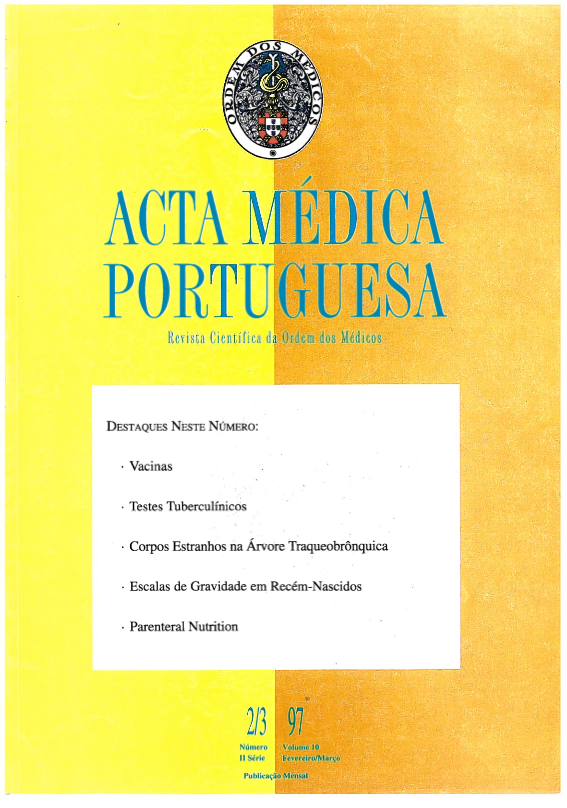Ethical decision-making in newborn infants.
DOI:
https://doi.org/10.20344/amp.2405Resumo
One ethical dilemma which neonatologists are faced with on a regular basis is selective non-treatment, that is, clinical decisions made after the birth of a liveborn infant to withhold or to withdraw treatment in certain circumstances. Although the outcome of extremely preterm of critically ill infants has significantly improved over the last decade, many are often left to die at birth by withholding resuscitation or neonatal intensive care. Criteria for initiating life-sustaining treatment must be developed with proper ethical considerations. There are other infants whose clinical course after initiation of intensive care will suggest that further curative efforts are futile or lack compensating benefit. Criteria for withdrawing life-sustaining treatment must also be developed, and palliative care measures defined. Clinical situations in which selective non-treatment is taking place in neonatal medicine are: (1) when death is considered to be inevitable whatever treatment is provided, (2) even when death is not inevitable, there is a significantly high risk of severe physical and mental disability should the infant survive, and (3) when survival with moderate disability is possible, but the infant is likely to experience ongoing pain and suffering, repeated hospitalisation and invasive treatment, and early death in childhood. The decision-making process of selective non-treatment should involve less medical paternalism and more informed parental involvement. The process is built on trust between the neonatal staff and parents, and requires time, information, honesty and empathy. Ethical issues must be approached with extreme responsibility, extraordinary sensitivity and heroic compassion.Downloads
Downloads
Como Citar
Edição
Secção
Licença
Todos os artigos publicados na AMP são de acesso aberto e cumprem os requisitos das agências de financiamento ou instituições académicas. Relativamente à utilização por terceiros a AMP rege-se pelos termos da licença Creative Commons ‘Atribuição – Uso Não-Comercial – (CC-BY-NC)’.
É da responsabilidade do autor obter permissão para reproduzir figuras, tabelas, etc., de outras publicações. Após a aceitação de um artigo, os autores serão convidados a preencher uma “Declaração de Responsabilidade Autoral e Partilha de Direitos de Autor “(http://www.actamedicaportuguesa.com/info/AMP-NormasPublicacao.pdf) e a “Declaração de Potenciais Conflitos de Interesse” (http://www.icmje.org/conflicts-of-interest) do ICMJE. Será enviado um e-mail ao autor correspondente, confirmando a receção do manuscrito.
Após a publicação, os autores ficam autorizados a disponibilizar os seus artigos em repositórios das suas instituições de origem, desde que mencionem sempre onde foram publicados e de acordo com a licença Creative Commons









